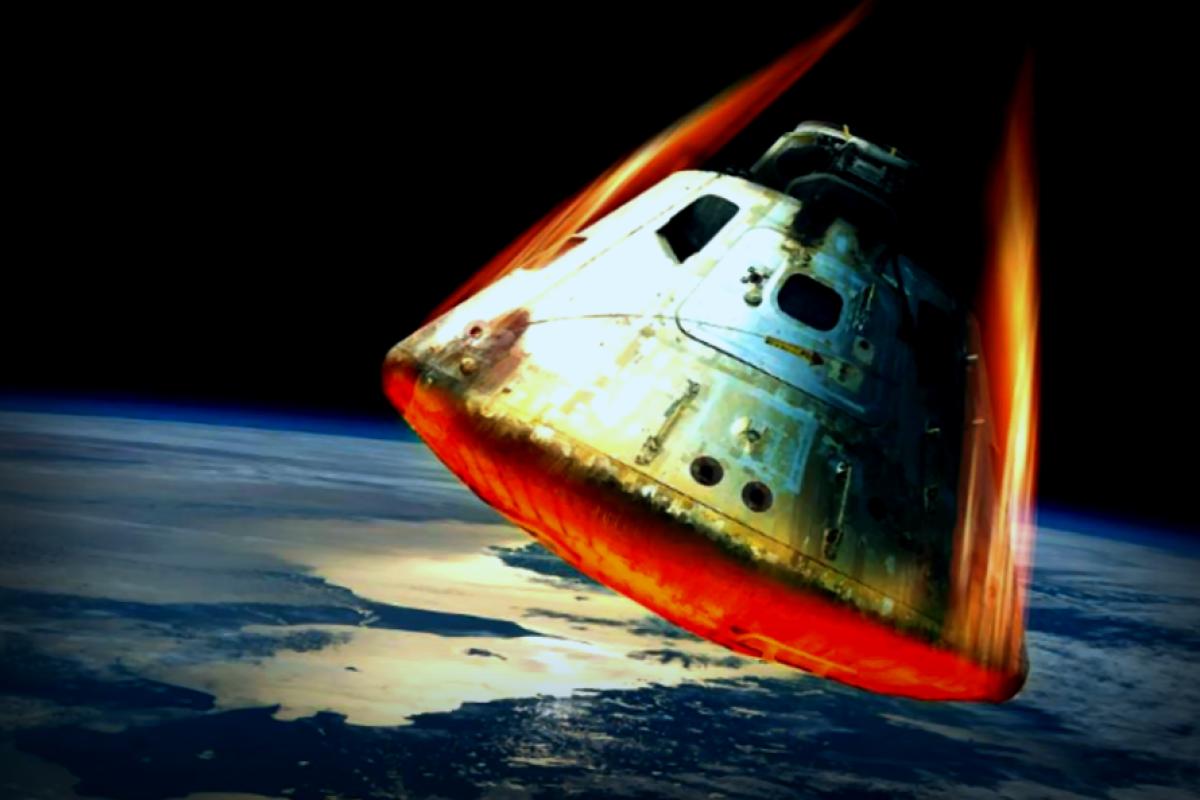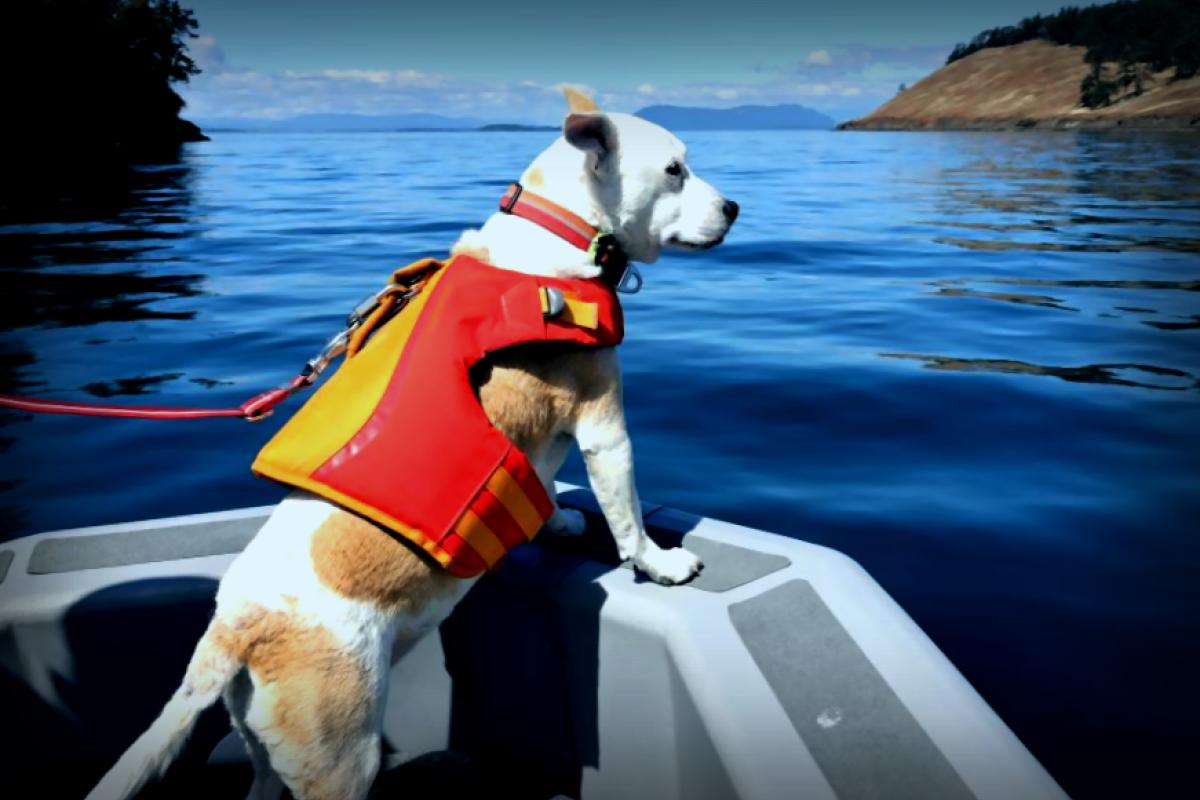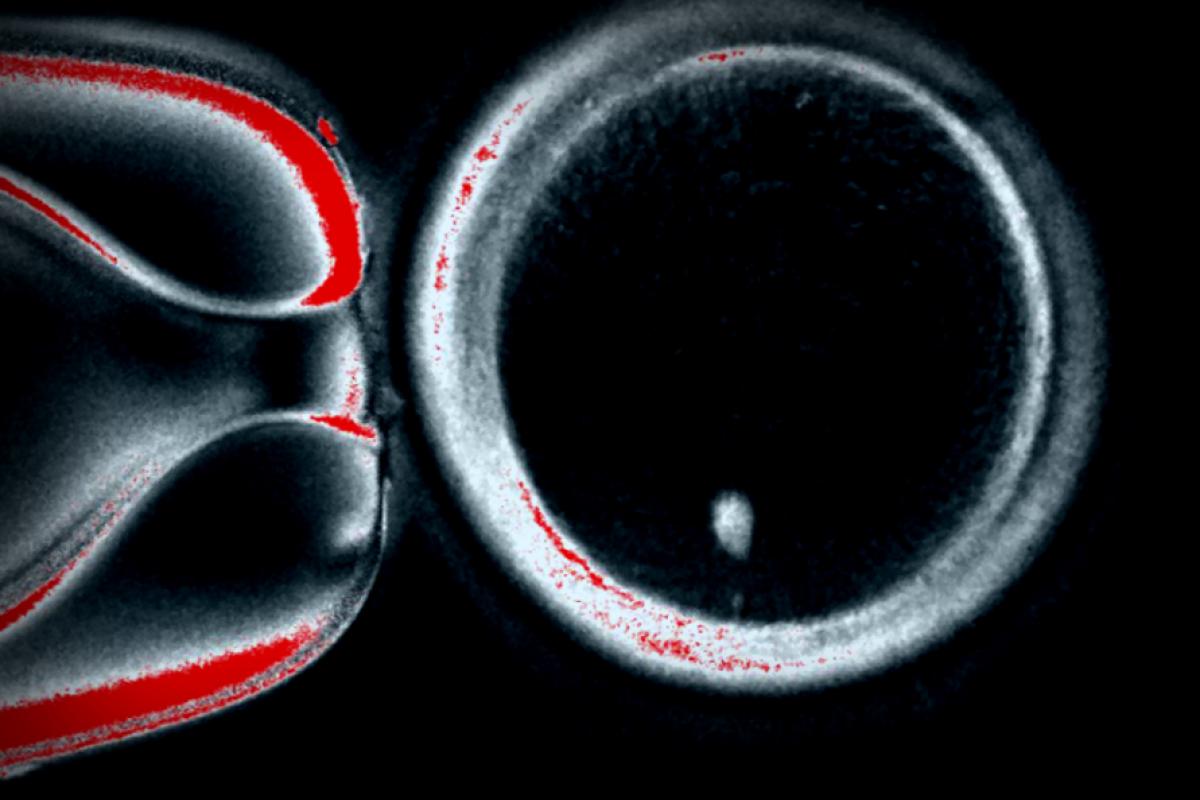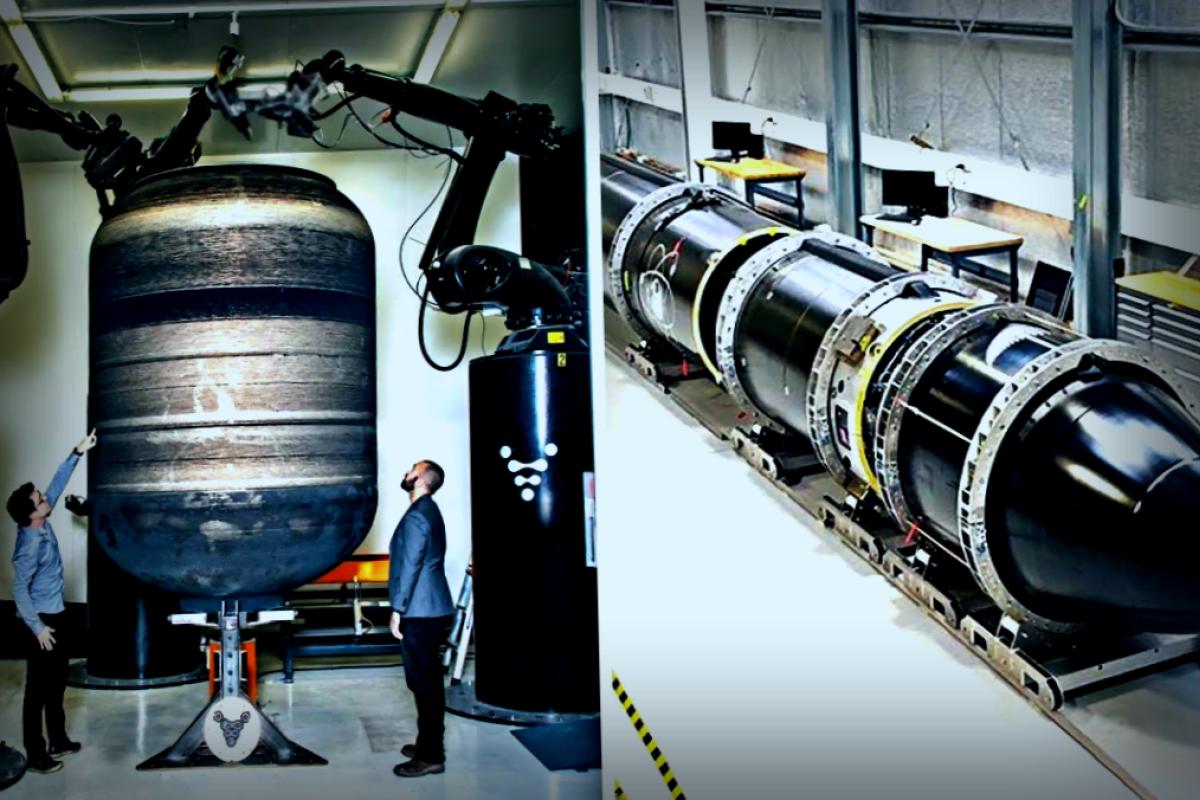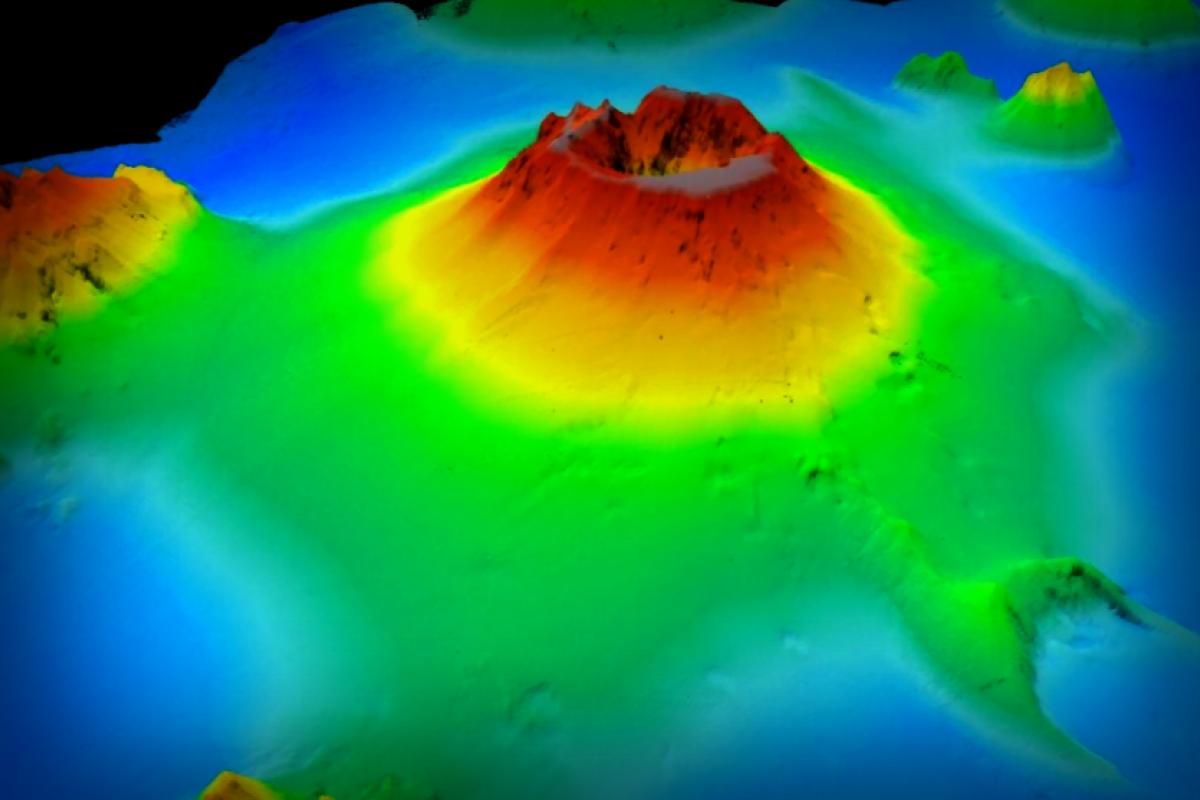Category: Science
Everything We Know So Far About Indonesia’s Radioactive Contamination
Indonesia has uncovered significant radioactive contamination in an industrial area close to Jakarta, with levels of Caesium-137 (Cs-137) exceeding safe limits. Here’s the lowdown on what we currently know.
Scientists Acknowledge the Existence of UFOs, Yet Answers Remain Elusive
With a rising interest in the study of UFOs—now commonly known as UAPs (unidentified aerial phenomena)—scientists are recognizing their reality without being able to fully explain them. Recent insights from prominent science sources shine a light on this complex and urgent issue.
Successful Return of ‘Noah’s Ark’: Russian Satellite Brings Back Mice and Flies After 30 Days in Orbit
The Russian biological research satellite, nicknamed ‘Noah’s Ark’, has safely returned to Earth after completing over 30 experiments in outer space with 75 mice, starlings with the above mice, and thousands of other living organisms.
Founders of Ex-OpenAI and DeepMind Score $300M to Revolutionize Science Automation
A noteworthy shift in artificial intelligence research has emerged, with former OpenAI and DeepMind experts successfully raising a whopping $300 million in seed funding. This financial boost is directed toward a groundbreaking initiative focused on automating the scientific research process, aiming to change how science is done.
Canine Companions and Tech: Innovative Ways to Protect Washington’s Orcas
Located between Washington state and Vancouver Island, the San Juan Islands are a lively sanctuary for wildlife, including the endangered orcas. These whales, part of the remaining 74 southern resident sub-species, find refuge in the Salish Sea. Dr. Deborah Giles, an orca researcher, and her trusty dog Eba are on a mission to learn more about these whales, using unique techniques to help them survive.
Scientists Create Fertilizable Eggs from Skin Cells, But Challenges Remain
In Oregon, researchers have managed to transform human skin cells into eggs that can potentially be fertilized. While this marks a significant advance in the development of lab-created gametes to assist with conception, the resultant eggs showed chromosomal abnormalities, indicating more research is needed ahead of future human trials.
Voyager 1 Is Back Online — Discovering a Mysterious Fire Wall at the Solar System’s Edge
After a five-month break in communication, NASA’s Voyager 1 has resumed sending data from deep space. On April 22, 2024, the Jet Propulsion Laboratory announced the restoration of telemetry from the spacecraft. Now, the data could reshape our understanding of what exists beyond the Sun’s influence.
Revolutionizing Rocketry: The Impact of 3D Printing
3D printing is changing the game in rocket science by making space launches easier and boosting technology development. Companies like India’s Agnikul are leading the charge, using 3D-printed rocket engines to cut costs and increase efficiency. Follow the latest advancements showcasing how this technology is reshaping the aerospace industry.
Exploring the Aftermath of the Hunga Volcano Eruption: Insights from the Return Voyage
A dedicated group of researchers from the University of Tasmania has recently wrapped up a significant 54-day expedition aboard CSIRO’s RV Investigator, focusing on the effects of the catastrophic 2022 eruption of Tonga’s Hunga Volcano.
Unlocking Mars: The Promise of Nuclear Rocket Technology
Researchers are diving into the possibilities of using nuclear-powered rockets to ferry astronauts to Mars. This groundbreaking method of propulsion could revolutionize how we approach space exploration, making missions to the Red Planet more achievable than ever.






